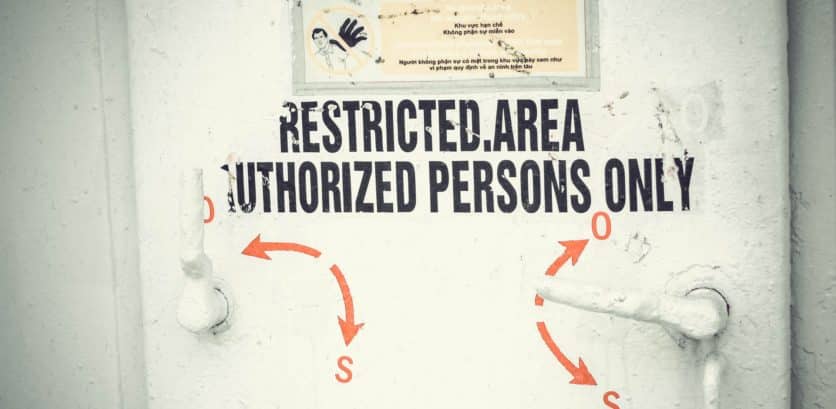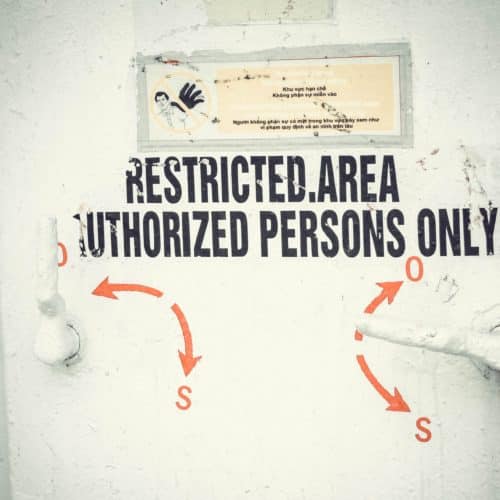An article from David – localiser, philosopher and Berliner.
Of buzzwords and biZZness
It’s been a long time since ‘buzzword’ was a buzzword, nowadays we just let it buzz on past our lips like any other word. “Buzzword” probably stayed with us because it aptly describes and sounds like what it is trying to convey. This is not necessarily the case for a motley crew of other words that are, as I type, rebounding mercilessly around meetings rooms. I won’t even bring up the curse of acronyms, which generally do more to strike terror into the hearts of new colleagues than simply shorten speech.
Yes, I’m talking about the buzzwords that populate biZZness English. This new language should not be confused with business English – English for people working in office environments. I’m talking about linguistic zombie English. Zombie in the sense that it resembles English, and the words indeed sound Englishy, but if you give them a chance, they’ll eat your brains out. I am exaggerating a little (a zombie would say “weaponizing”).
The truth is, language evolves and new words appear all the time. Other words or their connotations disappear, just try asking your nearest serving wench if she doth have an apothecary salve for your phizzog. So, what’s my problem?
I’m specifically moaning about biZZness English words, the ones that regularly pop up in office environments that you either don’t understand or you would like to beat over the head with a metaphoric bat. Even the most experienced linguists still need a good internet connection to understand what some marketeers are actually talking about these days. My gripe isn’t just with the grammar – these words are invariably contradictory compound nouns with verby-ish qualities, (“Imagineering” anyone?).
The issue at hand, is how easy it is for people to find themselves in linguistic bubbles and how quickly they lose touch with those outside. If a whole team is talking meta-gibberish, then how can they be trusted to talk to their consumers in plain language?
The biZZness bubble
As professional localisers and copywriters and, more importantly, as people outside each of our clients’ individual bubbles, we are only too aware of the dangers of meta or in-house terminology creeping into copy. When working on translations we often come across insider terms, acronyms and seemingly-English words which lack plain English counterparts (how “wellness” ever made it to the Oxford English Dictionary is still a mystery to me). Our commitment to localisation often requires us to remove these rogue terms. With good copywriting, however, they shouldn’t be there in the first place.
In Central and Northern Europe, biZZness English now has such a stranglehold on business conversations that the uninitiated would have to have learnt English in a marketing or HR department in order to “touch base offline” with a “head of” for a glass of “red splosh” (I made this last one up).
Maybe I am just not “thinking outside of the box” enough. Ok, I’ll stop. These words do perform a function and, in many contexts, they are perhaps useful. Brainstorming means looking for fresh ideas and to be honest, it’s easier to say than “let’s go to a room and collectively think up some fresh ideas about how to move the project forward”. It doesn’t take “blue sky thinking” to know that understanding and being understood is the goal of most conversations. If words, even grammatically and aesthetically questionable ones, can build the bridge from A to B, then why not use them?
The problems arise when these verbal mutants spring from their bubble and weevil their way into contexts where they don’t belong. So, what can we do to talk beyond our bubbles without “punching puppies”, “biting bullets” or “peeling onions” or, even worse, rattle out a gaggle of acronyms?
Style guides and glossaries
In e-commerce and the services industry, the website is the coal face of the business, it’s where the battle for hearts and minds (not to mention credit card numbers) will be won or lost. It’s essential that these much-coveted new users are met in the right tone and read the words they expect to see there. To protect yourself from Gibberish Creep© it is essential that each platform consider carefully (or research thoroughly) who their audience is, how they wish to be heard and what their visitors wish to read. This information can then be placed in a consumer narrative or a rebooted style guide (in biZZness zombie speak: “Style guide 4.0”).
Traditional style guides, lists of specific dos and don’ts, tend to get randomly edited, hidden, and lost. All too frequently, nobody opens them at all. A rebooted style guide should incorporate the business’ mission statement and infuse this into a description of how people can and should speak to the users. It should always mention the banishment of jargon, corporate speak, and in-house gobbledygook. Style guides and their ungainly cousin the glossary, need to go beyond grammar and punctuation and invest copywriters working in public relations, human resources, corporate communications or online marketing departments with the spirit and tone their writings should carry.
There will always be a few givens about spelling conventions etc., but the most important “take-away” is the knowledge that its human nature to create social bubbles around our various cliques and that these bubbles develop their own linguistic conventions.
Clear and understandable communication is particularly important for technical departments who are often asked to write their own copy to explain software downloads or a website’s navigation and functions. Technical language and instruction also needs to be brought under the reins of an appropriate style guide. If you are selling services and your new users don’t understand how to download your software or whatever it is you are selling, they will spring to the next search result and try their hand there.
Bye, bye biZZness!
Good copy doesn’t just sound good, it’s effective in generating sales, helping people identify with a brand or, as the case above shows, explaining something complex in a friendly but effective manner.
Buzzwords, biZZness jargon, and insider acronyms don’t really belong in texts that are speaking to ordinary users looking for something. Let’s leave them in the meeting rooms and marketing departments with us zombies where they belong. More brains anyone?

